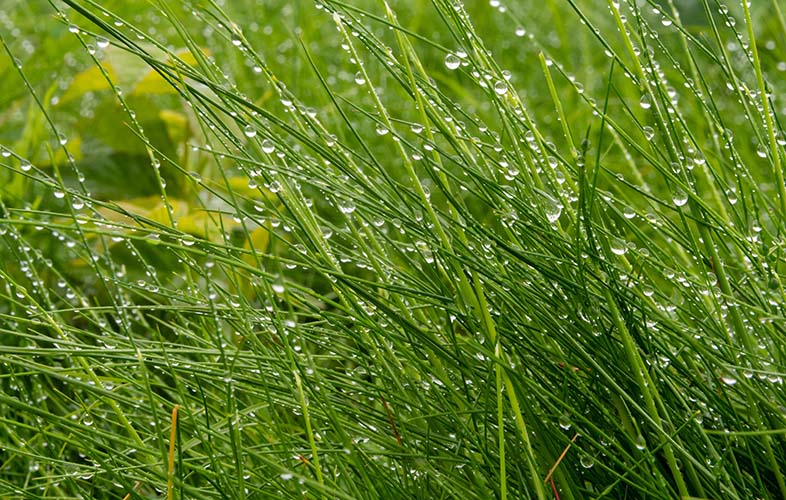A Homeowner’s Guide to Controlling Outdoor Ants
As far as pests go, ants are among the more innocuous. They seldom bite, they rarely sting and they’re unlikely to damage your property (fire ants being an exception). That being said, they can be annoying — especially if they’re seemingly taking over your outdoor living space. Ant hills can be unsightly, especially on an otherwise-pristine lawn. And if they’ve taken up residence near an entryway, there’s the risk of them entering your home (where they’re even less welcome). Thankfully, proper ant control can help keep ant populations at bay and prevent those unwanted visitors from entering your home. Here, we’ll explain how to tell if you’re dealing with a normal ant population or a potential ant problem. You’ll also learn about what attracts ants to your yard and how the TruGreen® Perimeter Pest Control program can help keep ants from entering your home. Find everything you need to know about effective outdoor ant control ahead.
How to Identify When Outdoor Ants Are an Issue — Before They Enter Your Home
It’s normal to have some ants in your yard: They live outdoors, after all. So how can you tell the difference between a normal ant population and a problem?
The most obvious way to identify if you have a potential ant problem is to look for ant hills. These sandy hills serve as entrances and exits to their vast underground burrows, and may appear on your lawn, between cracks in your driveway or by tree stumps. If you see an ant hill, that means there’s a nest beneath it. Given that the average colony can contain tens of thousands of ants, ant hills on your property are a good indication that you should start thinking about implementing ant control measures sooner rather than later.
How To Get Rid of Ants Outside Your Home
First things first: Ants are everywhere. So if you’re searching for a way to get rid of ants entirely, you’re unlikely to be successful. That being said, there are plenty of things you can do to control ant populations before they become a problem. Here, we’ll go over a few tried-and-true methods for controlling outdoor ants — and how TruGreen can help.
Clean Regularly
Remember those cartoons of ants carrying off a picnic feast? Well, turns out they were on to something because ants are easily attracted by the smell of food. When you dine outside, make sure to clean up spills and clear off your outdoor dining table after use to help prevent catching their notice. Vinegar-based cleaners are especially effective for this purpose. Contrary to popular belief, vinegar doesn’t kill ants. However, the strong smell can disrupt the pheromone trails that ants use to communicate with one another.
Minimize Food Sources
Having fruit-bearing trees or shrubs in your yard is a blessing. However, they can attract ants, particularly if the fruit falls off the tree onto the ground. You can mitigate this by examining your fruit-bearing plants regularly and removing fruit as soon as it's ripe to minimize the chance of it detaching by itself.
Seal Cracks in Paved Areas
Sealing up cracks in paved areas can help to prevent ants from setting up camp there. You can seal over existing ant colonies (after removing the anthill), too — just keep in mind that this won’t kill the ants, and eventually, they will create a new entrance to their burrow.
Prune Trees and Shrubs
Some species of ants prefer creating burrows in woody areas — like next to trees and by piles of damp lumber. Pruning back trees and shrubs near windows and doors can make it harder for these ants to find a point of entry into your home.
Defending Your Home From Ants With Perimeter Pest Control
The above-mentioned tactics may be helpful in keeping ants at bay, but they’re not foolproof, and they’re not guaranteed to keep ants out of your home. Help shield your home from ants and other unwanted visitors with TruGreen’s Perimeter Pest Control plan. Four times a year, your local TruGreen specialist will treat the area immediately around your home, focusing on points of entry, to protect your home from unwanted visitors. With regular treatments once per season, this preventative service will help keep pests away all year long.




 Branch Finder
Branch Finder













